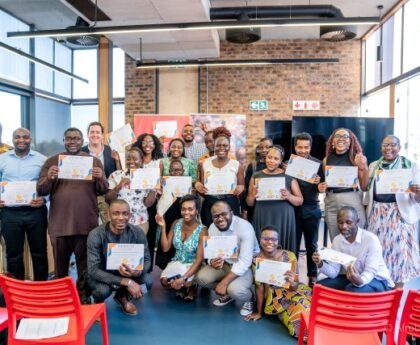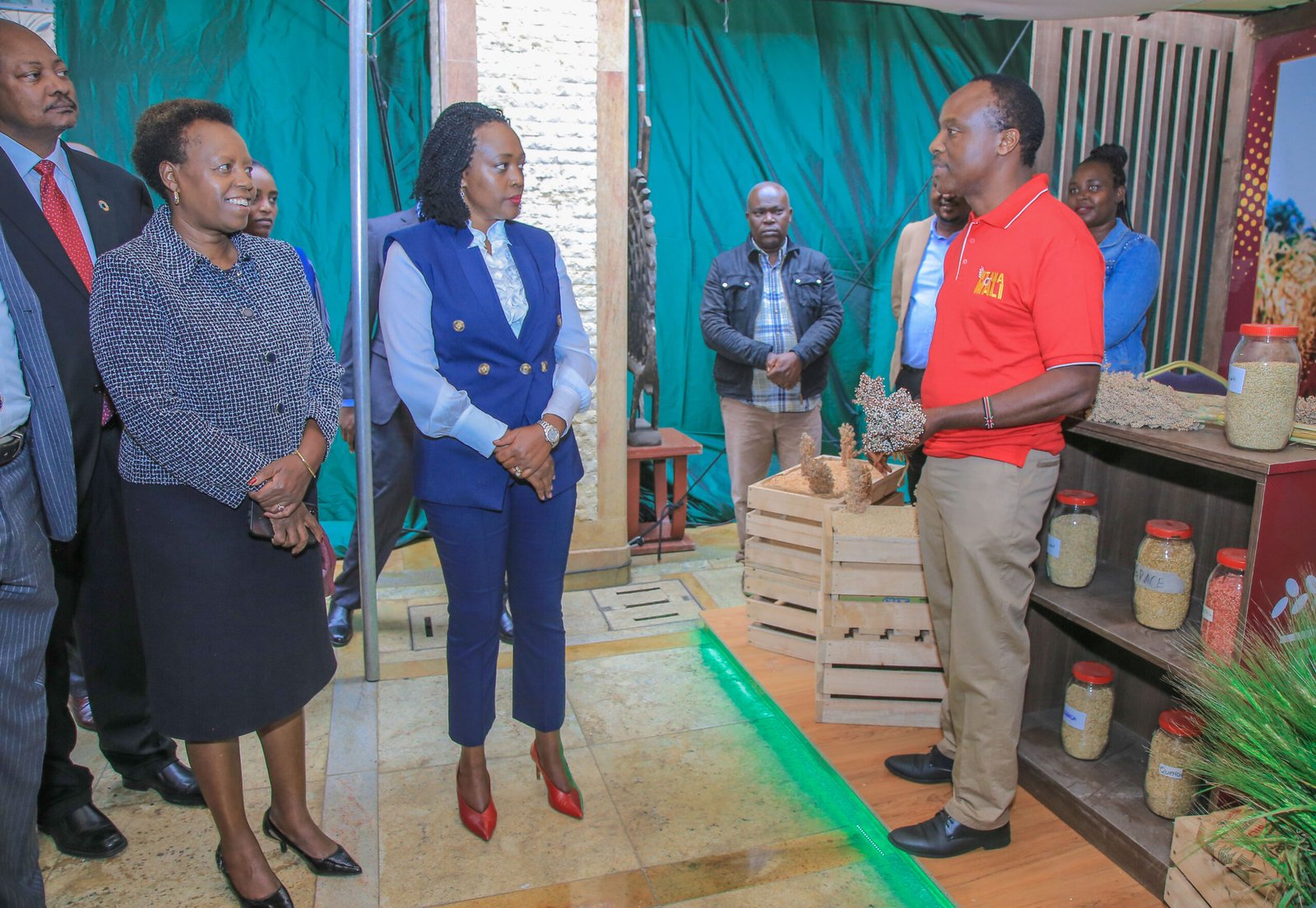What lessons has Kenya learnt in its HIV response?
A question that is set to feature prominently at the seventh edition of the Maisha scientific conference which kicks off on Tuesday in Mombasa.
Dubbed Ending Epidemics: Leadership, People, Science and Partnerships, the forum, organised by the National Syndemic Diseases Control Council, has brought together scientists, health experts, stakeholders in the fight against HIV and persons with lived experiences in an effort to review best practices and scientific knowledge on HIV.
The conference comes in the backdrop of successes in the country’s HIV response, 39 years since the virus was first reported in the country, through the scale-up and implementation of combination HIV prevention interventions. They include investment in Prevention, Care and treatment, prevention and response to GBV and Stigma, and multi-sectoral engagement with a focus on targeted interventions for priority populations, research and innovations as well as a focus on emerging comorbidities.
The interventions witnessed a 31% reduction in new HIV infections between 2020 -2022 with Counties of Mombasa, Taita Taveta, Lamu and Kilifi recording a decline of more than 50% in new HIV infections between 2021 and 2022.
AIDS related deaths among adolescents (10-19) also declined by 56.4% between 2015-2022 while new HIV infections among adolescents decreased by 37% between 2021 and 2022.
The number of children living with HIV in Kenya fell from 180,000 in 2010 to 111,500 in 2020, partly due to improved access to services, including for more pregnant women.
But amid the gains, challenges abound with new infections increasing in previously low burden counties as well as knowledge gaps suggestive of changes in transmission dynamics.
According to the HIV situation in Kenya August 2023 report, infection rates among young people (15-24) remain concerning.
In 2020, they accounted for 35 per cent of new infections, with two thirds of cases among young women. When compared with older women, adolescent and young mothers have worse HIV related outcomes, including higher new infections of HIV during pregnancy and breastfeeding, and lower rates of retention in HIV care and treatment.
About 3,244 new HIV infections occurred among adolescents 10-19 in 2022 adolescents with young people (15-24 years) accounting for 41% of all new HIV infections in 2022.
The three-day Maisha scientific conference, which closes on Thursday, will provide a forum for various sectors to share their journey in the HIV response and the various innovative strategies meant to effectively manage epidemics and ensure continued support for vulnerable populations.




